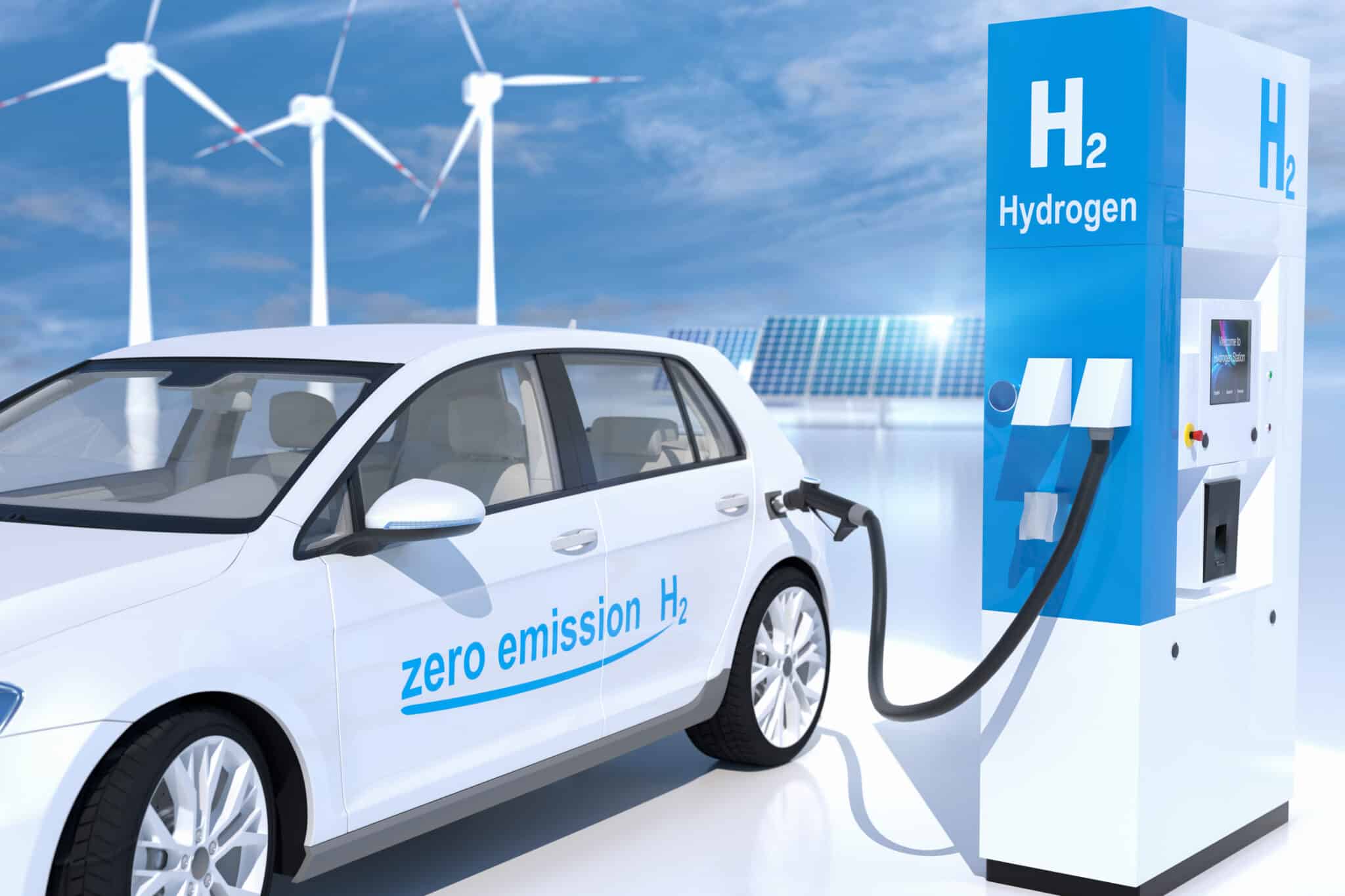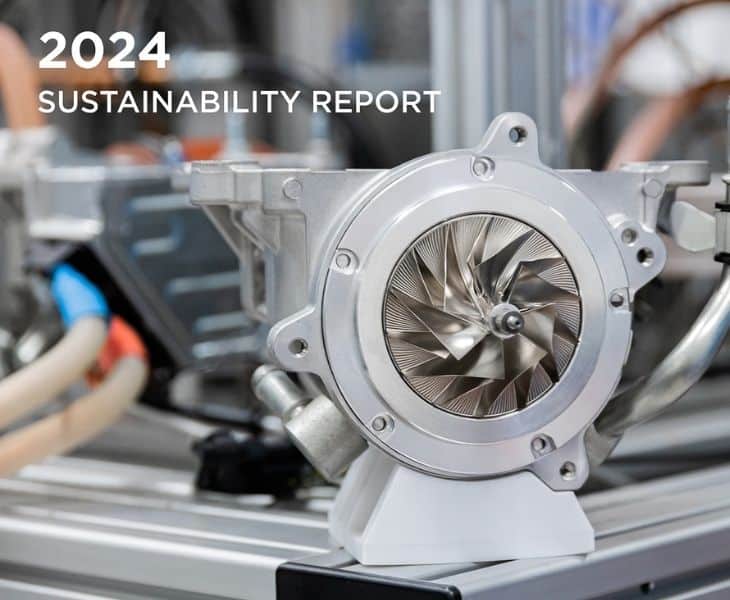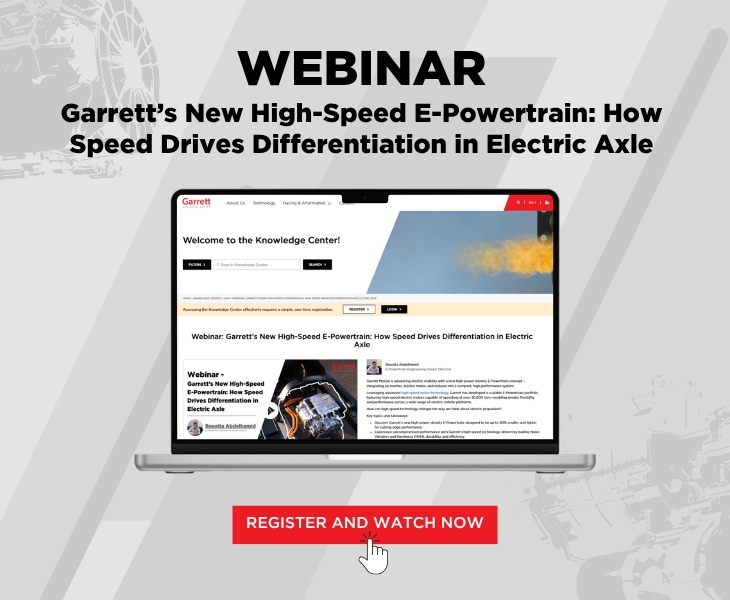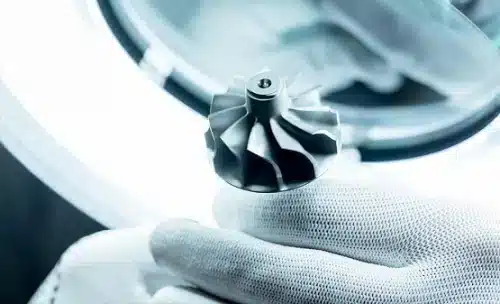Why hydrogen is the path forward?
 Europe is leading the world in policies for de-carbonization and sustainability which address all sectors including mobility. Investments in renewables, smart grid, grid services and storage are ramping up but these need to increase at a much faster rate if Europe is to meet the “Fit for 55” goals.
Europe is leading the world in policies for de-carbonization and sustainability which address all sectors including mobility. Investments in renewables, smart grid, grid services and storage are ramping up but these need to increase at a much faster rate if Europe is to meet the “Fit for 55” goals.
Most data show that day-to-day weather patterns and seasonal variability can lead to typical annualized availability for wind and solar in Europe of less than 25% of total installed capacity. Most recently dependency on external sources of oil and natural gas has highlighted how exposed Europe’s economy is to issues of energy security.
Garrett believes that the issues of energy security and low renewable utilization can only be addressed by massive parallel investment in domestic production and import of hydrogen. The energy streams should be combined and distributed into an integrated energy grid including significant amounts of hydrogen storage. Once in the energy grid, hydrogen can be directed to the most applicable use cases such as concrete, iron & steel, petrochemical, industrial and domestic buildings and of course mobility.
Both the efficient use of raw materials and the total efficiency chain of primary energy network are of paramount importance. Efficiency should be considered at the total network level that includes a realistic balance of domestic and imported energy. Raw materials should be used wisely, and their ecological impact taken into consideration. While industrial scale batteries are suitable and necessary to stabilize the grid, they are intense in lithium and precious metals content. They should therefore be used for what they are good at, second to second frequency stability and minute to minute or hour-hour peak shaving. They are unsuitable for day to day or week to week, mid- and long-term storage. For this the solution needs to be energy carriers which have much higher energy density such as hydrogen (H2) or ammonia (NH3).
Garrett welcomes the European Commission proposal on Alternative Fuel Infrastructure (AFIR). The plans need to be more ambitious, though, as by 2030, the EU needs 700 bar Hydrogen Recharging Stations (HRS), with a minimum capacity of 2 tons/day, at every 100 kilometers across the entire TEN-T road network. By 2025 there should be HRS at every 200km and by 2027, every 100km across the core networks. This is required to match the expected rollout by vehicle manufacturers by 2027.
Fuel cell vehicles and machines are both zero tailpipe CO2 and zero emission. Furthermore, Garrett advocates jointly with most OEMs and automotive suppliers for official recognition of H2-ICE applications as zero-CO2 mobility and ultra-low emission solutions, as this technology offers the possibility of rapid adoption of hydrogen as a fuel and demand would both make efficient use of mature skill base while stimulating the supply chain for hydrogen.
Garrett invests substantially in both conventional and electrified turbocharger solutions for H2-ICE and electric turbo-compressors and Balance of Plant components for Fuel Cell. The automotive industry needs clear legislative targets from the European Union and individual governments to underpin these investments and accelerate the energy transition.
Constanze Picking, Garrett Vice President Government Relations GlobalPolicies@garrettmotion.com
SUBSCRIBE TO RECEIVE ARTICLES AND STRATEGY PAPERS FROM GARRETT
* These fields are required.










